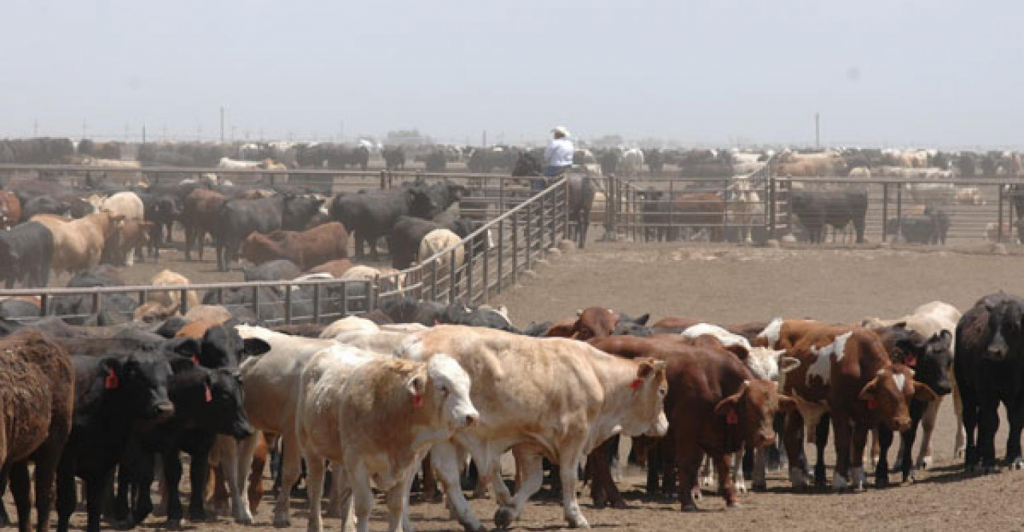
Senior Farm and Ranch Broadcaster, Ron Hays, is visiting with Oklahoma State University Extension Livestock Market Economist, Derrell Peel, talking about the latest Cattle on Feed Report issued by the USDA.
This latest USDA Cattle on Feed Report showed that placements in the month of January were down four percent from last year, Peel said, and marketings in January were at 104 percent, up four percent from last year.
“That gives us an on-feed number for February first that is down four percent on a year-over-year basis,” Peel said.
Although slaughter numbers are about even with a year ago, Peel said those numbers are predicted to drop.
“We are still working our way through these last supplies of cattle in the feedlot,” Peel said. “In general, this cattle on feed report was pretty well anticipated. I would say if anything, the marketings number is maybe just a tick lower than some people expected. It is kind of on the lower end of the range of estimates. So, maybe you treat this report as slightly bullish, but in general, it was pretty well anticipated.”
On the placement numbers, Peel talked about the trend of those numbers being below a year ago on a month-by-month basis, for the past few months.
“It started in October, we finally saw cattle on feed inventories drop below a year ago, and that will be the pattern, really, for the foreseeable future,” Peel said. “For many months ahead, we know that cattle numbers are not out there. The drought changed the timing last year, so we kept cattle on feed numbers higher longer than we would have expected simply because we were being forced to move them into the feedlots, but we are through that now, so we are going to see this thing get tighter as we go forward.”
Beef production was at a record level last year, Peel said, which was a short-term phenomenon.
“The reason production was at a record level in 2022 was because we were essentially eating inventory,” Peel said. “We were eating animals that we simply didn’t have a home for out in the country because of the drought.”
Beef production in the first few weeks of 2023 is down almost four percent now, Peel said, and it is going to continue to tighten up as we go forward.
“That is going to mean that consumers will see more impacts,” Peel said. “Boxed beef prices are actually on the increase now, and I think that is partly supply-driven.”
Along with the substantial increase in boxed beef prices due to the decrease in production, Peel also talked about lower carcass weights.
“Carcass weights are lighter, and in fact, most of the decrease in beef production we have seen so far this year is really due to the carcass weights,” Peel said. “Slaughter is running just about even with a year ago to this point and time. Now, it is going to come down as we go forward, but the carcass weights are down.”
There are a couple of reasons carcass weights are down, Peel said, including high cost of gain and winter weather impacts.
“Longer term, I think producers are well aware that we are going to see continued higher cattle prices,” Peel said. “We are expecting to see herd rebuilding start when we can. We don’t know when that is going to happen for sure. So, they are trying to position themselves as much as possible to be ready to take advantage of that when the opportunity is there.”
The Beef Buzz is a regular feature heard on radio stations around the region on the Radio Oklahoma Ag Network and is a regular audio feature found on this website as well. Click on the LISTEN BAR for today’s show and check out our archives for older Beef Buzz shows covering the gamut of the beef cattle industry today.















